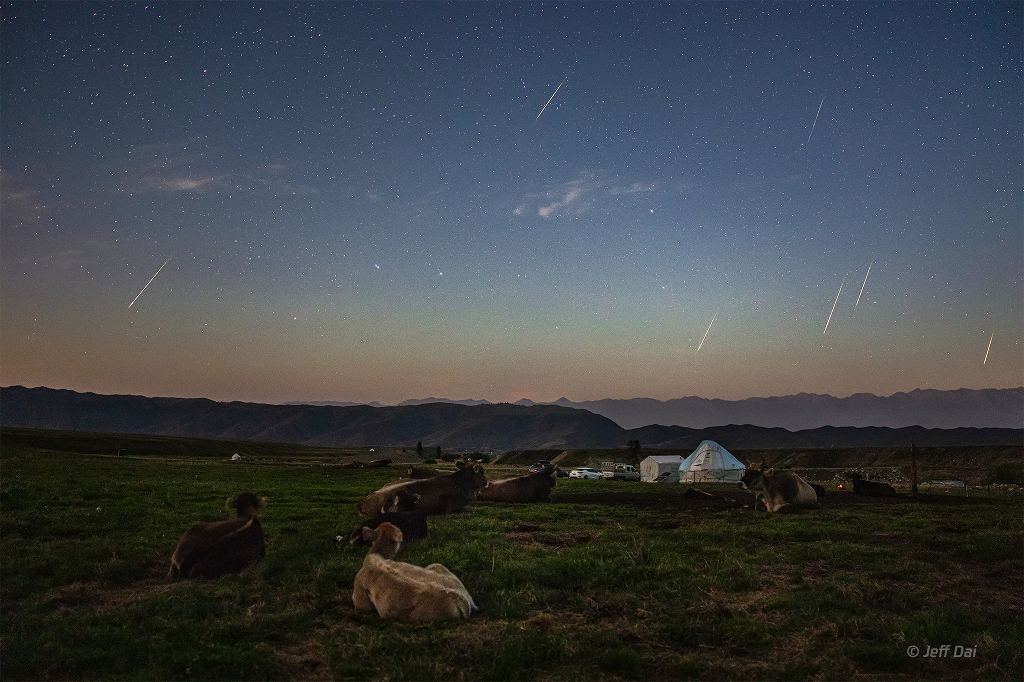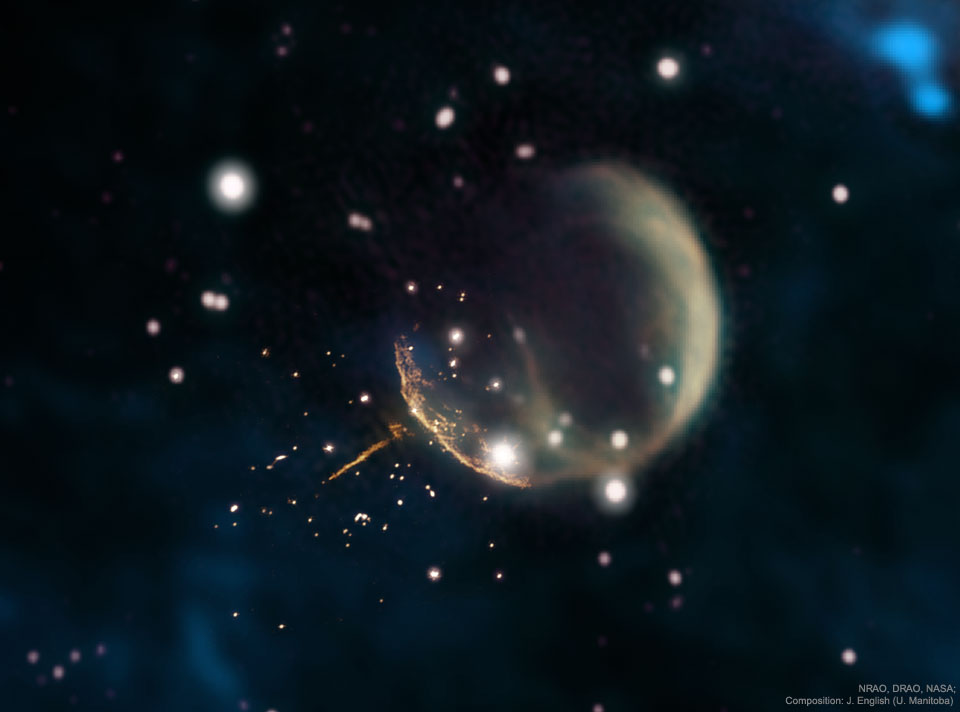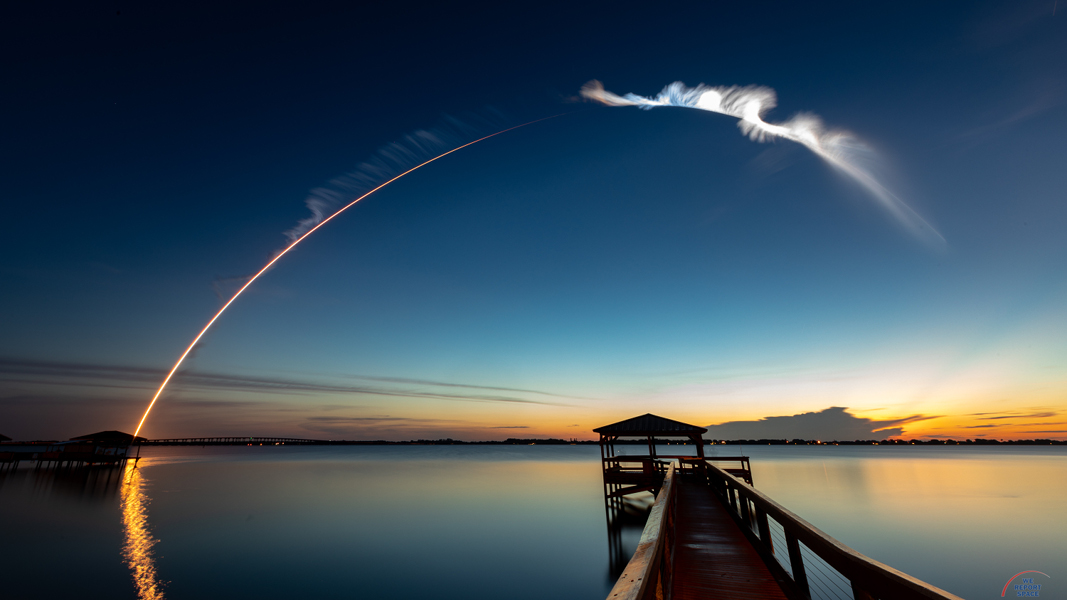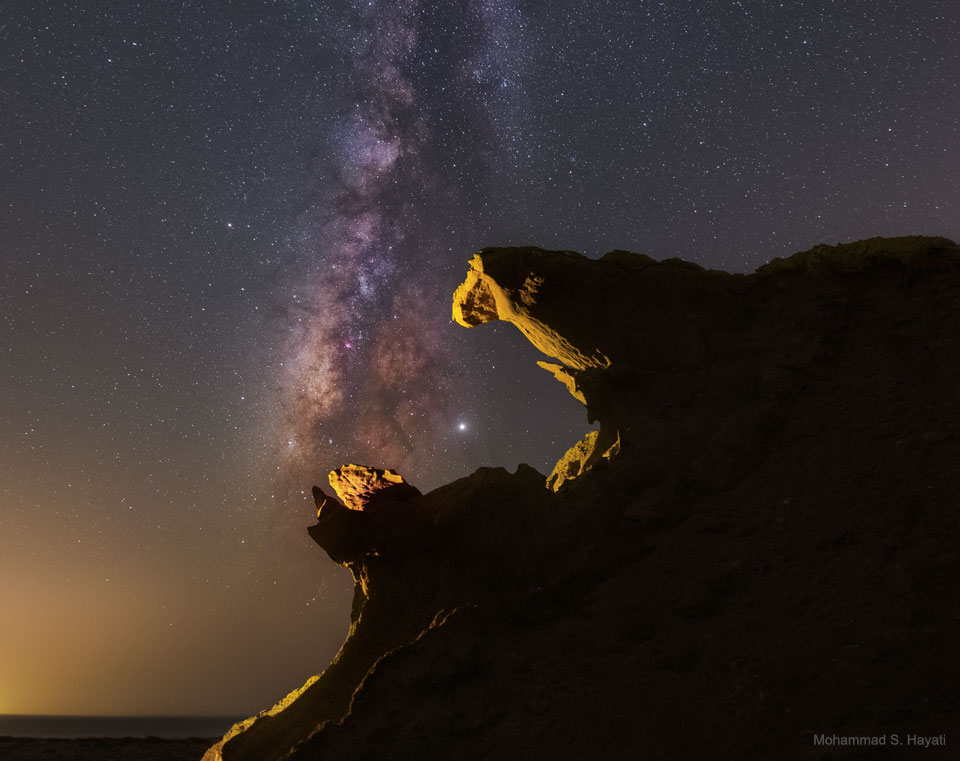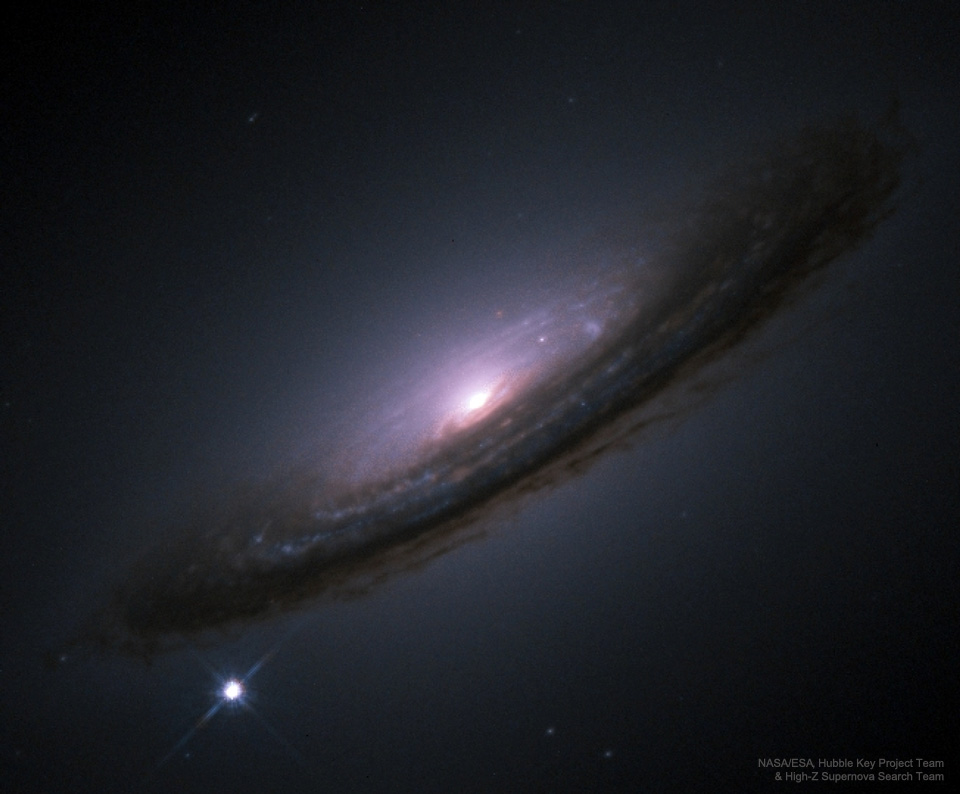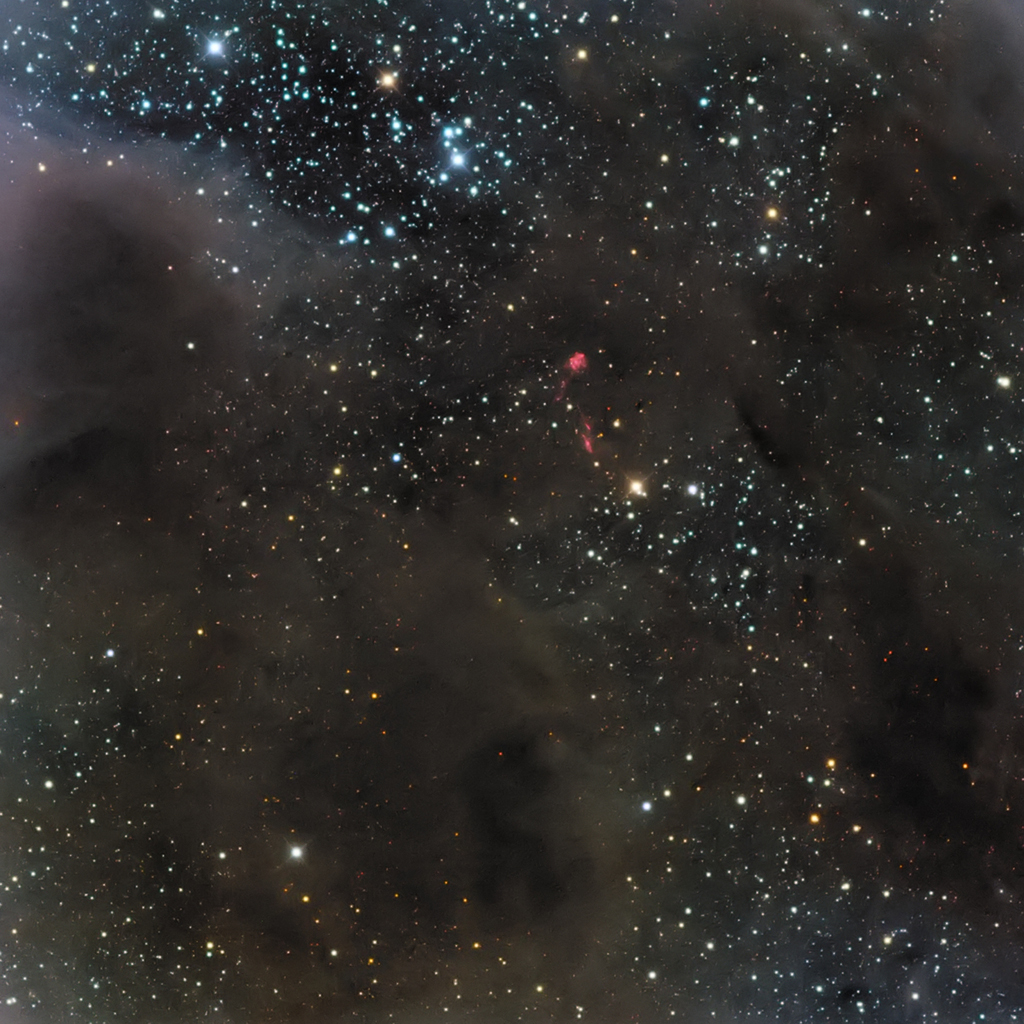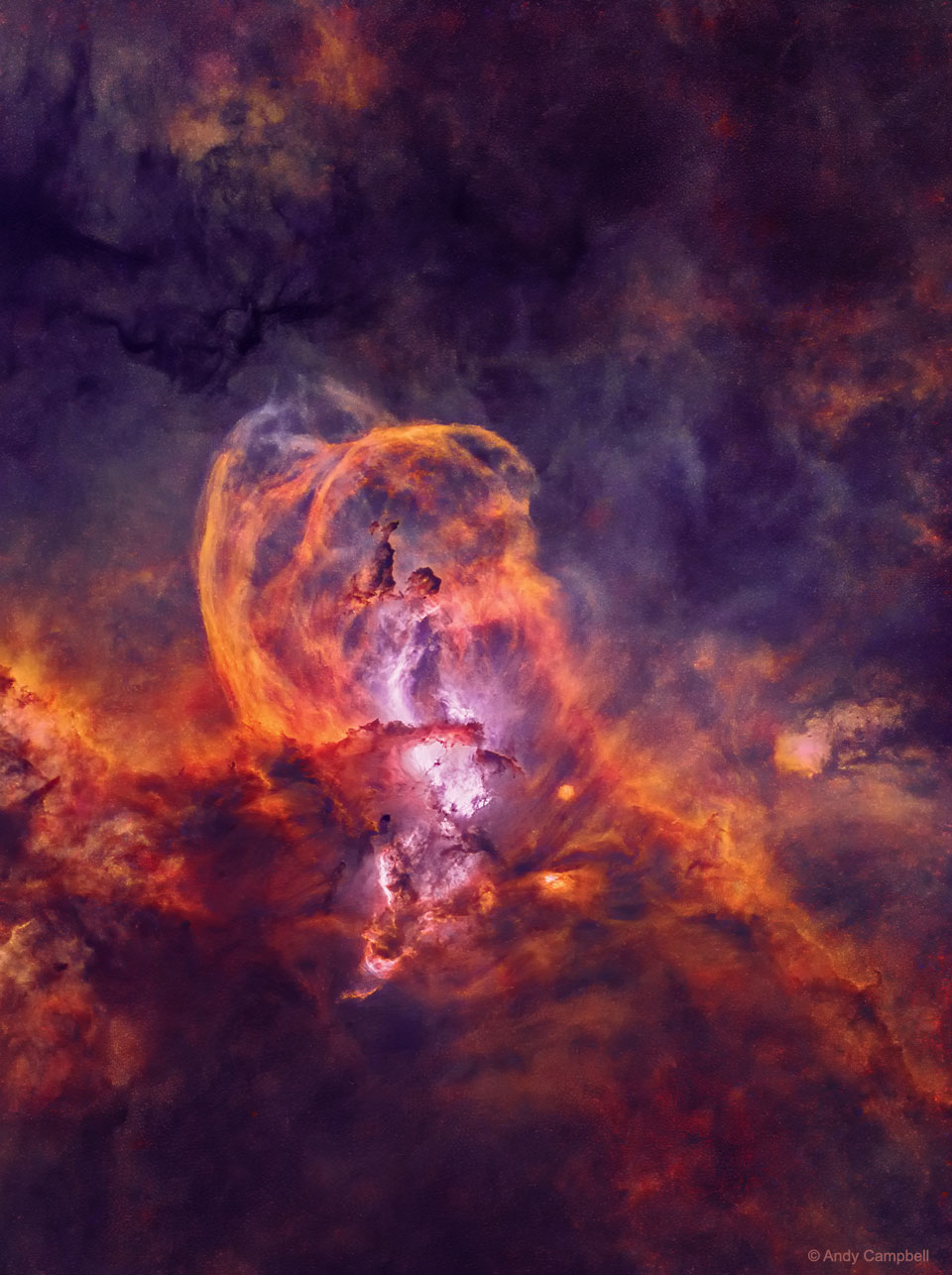
L’équipe du projet CleanEra, menée par Etnel Straatsma, de l’université technologique de Delft (Hollande), a imaginé une gigantesque soucoupe volante, une forme censée réduire la consommation. Cette équipe hollandaise étudie différentes solutions pour des avions plus économes, notamment le retour à l’hélice. © CleanEra, Delft University of Technology
